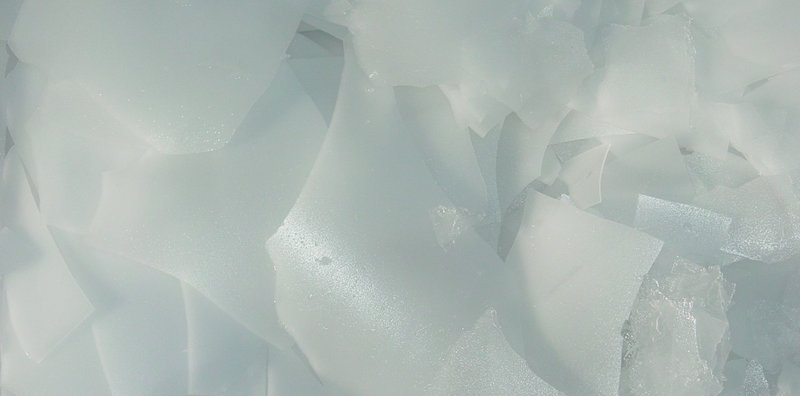Daka invests in ice machine to reduce odour emissions
14.04.2021
Efter forsøg med at køle råvarerne med is for at mindske lugtudledning installerer Daka nu egen ismaskine på fabrikken ved Randers. Ismaskinen er købt og forberedelserne til installationen er i fuld gang, så maskinen forventes oppe at køre i løbet af de første uger i maj.

“We’re working hard to get the ice machine installed so we can chill the produce during the hot months and when we have to leave produce over for weekends, holidays or similar. The ice machine is part of our investment programme to reduce odour emissions, which we are constantly working on,” says plant manager Martin Botolf Sejer.
The purchase and installation of the ice machine will cost just over a million kroner. The machine can produce 10 tonnes of ice per day, which cools the raw materials down to 5-8 degrees and thus delays the decomposition process.
“We purchased ice for cooling the raw materials in the 2020 mink season. The results of the chilling were so positive that we decided to make the chilling with ice a permanent solution for all types of raw materials when needed,” says the plant manager.
New air purification system under commissioning
The ice machine is the latest effort in the investment programme to reduce odour emissions, of which the new air purification plant at the factory is also a part. As previously announced, the new air purification system was installed as planned during the Easter holidays and is now being commissioned. The first odour test on the new plant will be carried out on 14 April.
“We are naturally excited about the results of this major investment in better air cleaning. We expect an improvement when the new plant is in full operation, but as we have announced several times before, the new plant will unfortunately never be able to eliminate all odours, despite extra combustion and improved efficiency”, says Per Dunkelskov Thomsen – Communications Director at Daka.
Throughout the commissioning phase, the old odour incinerator will act as a back-up, as there will be a need to switch between the systems when the technicians need to tweak the new one to optimise the processes. The commissioning period is expected to last a few months.
